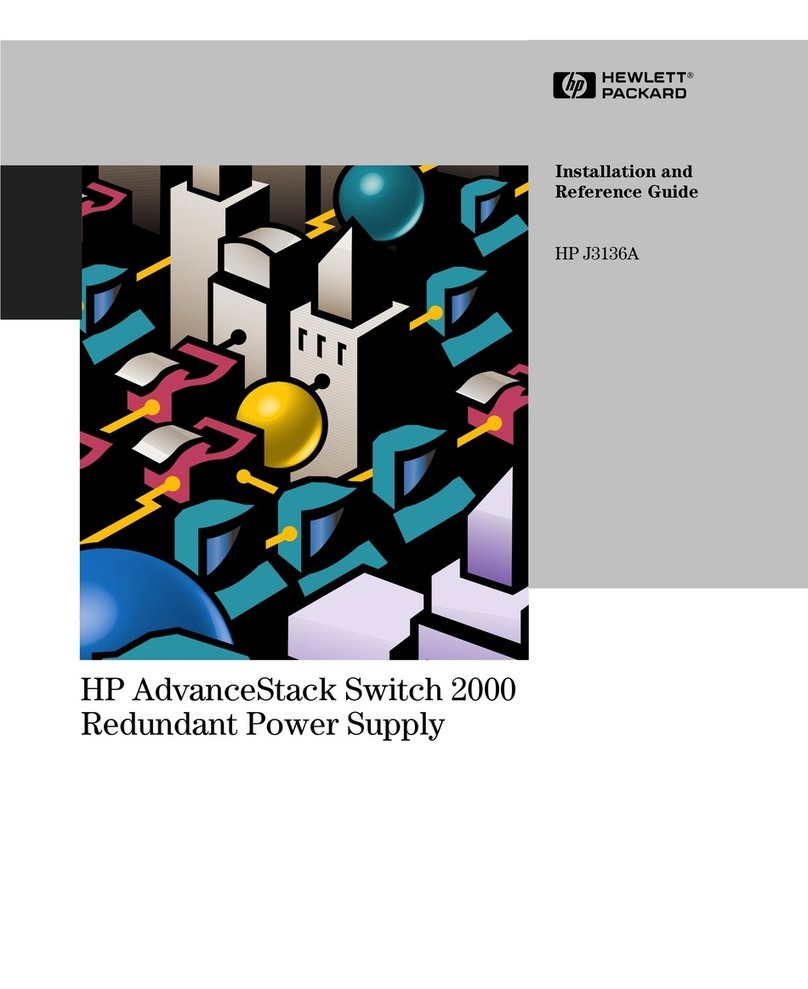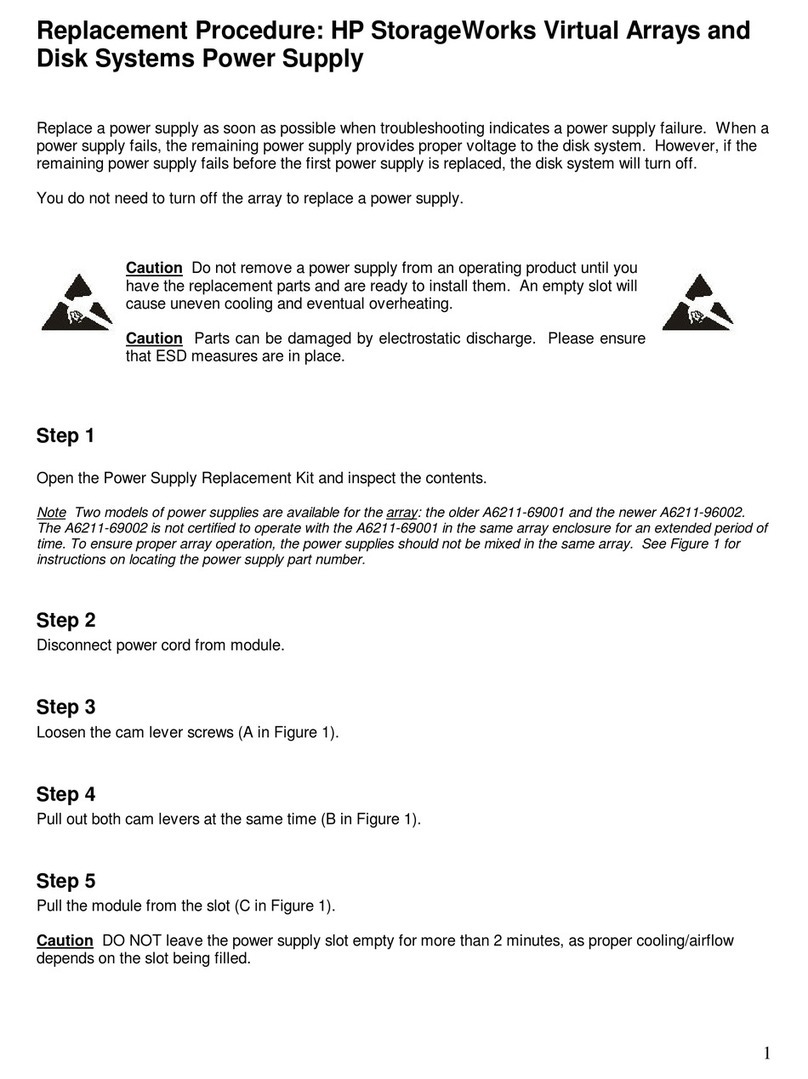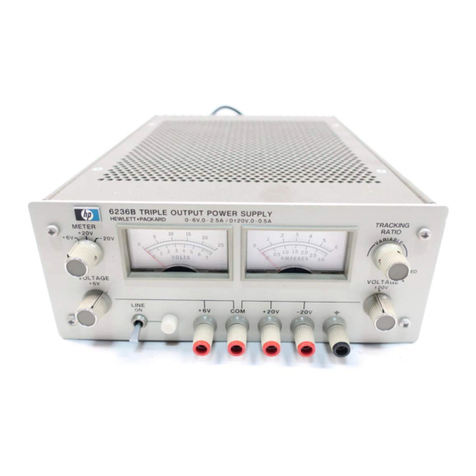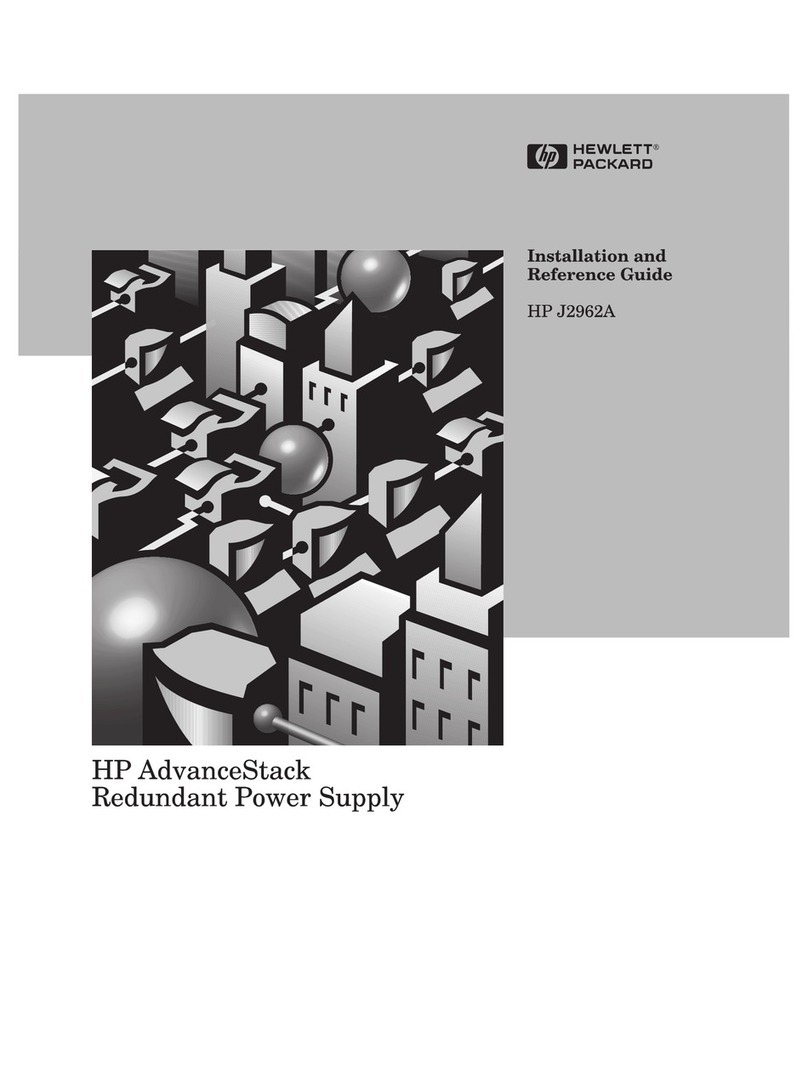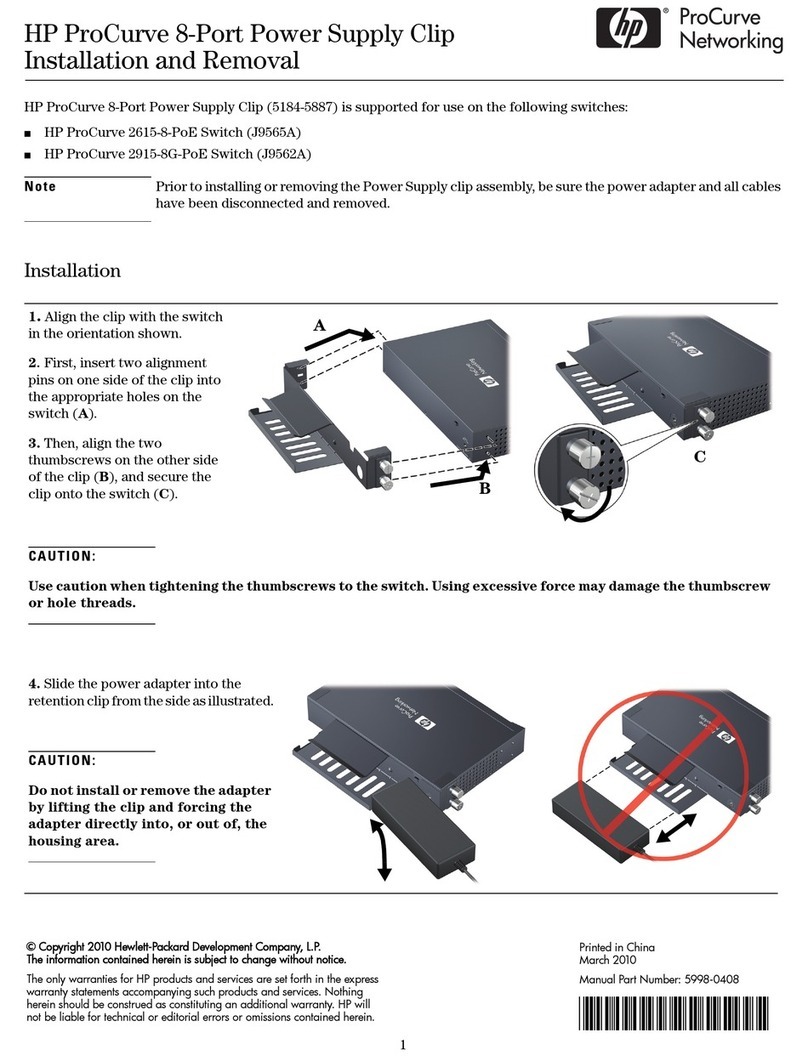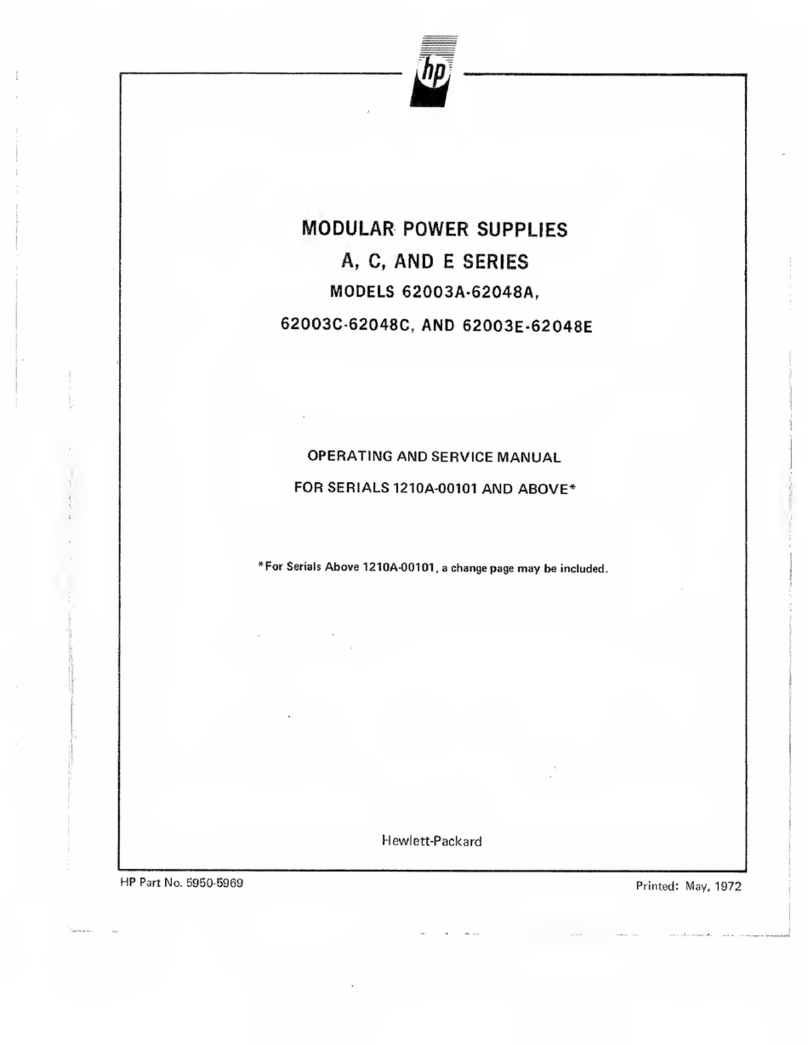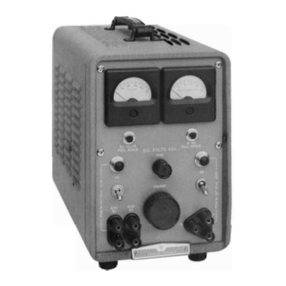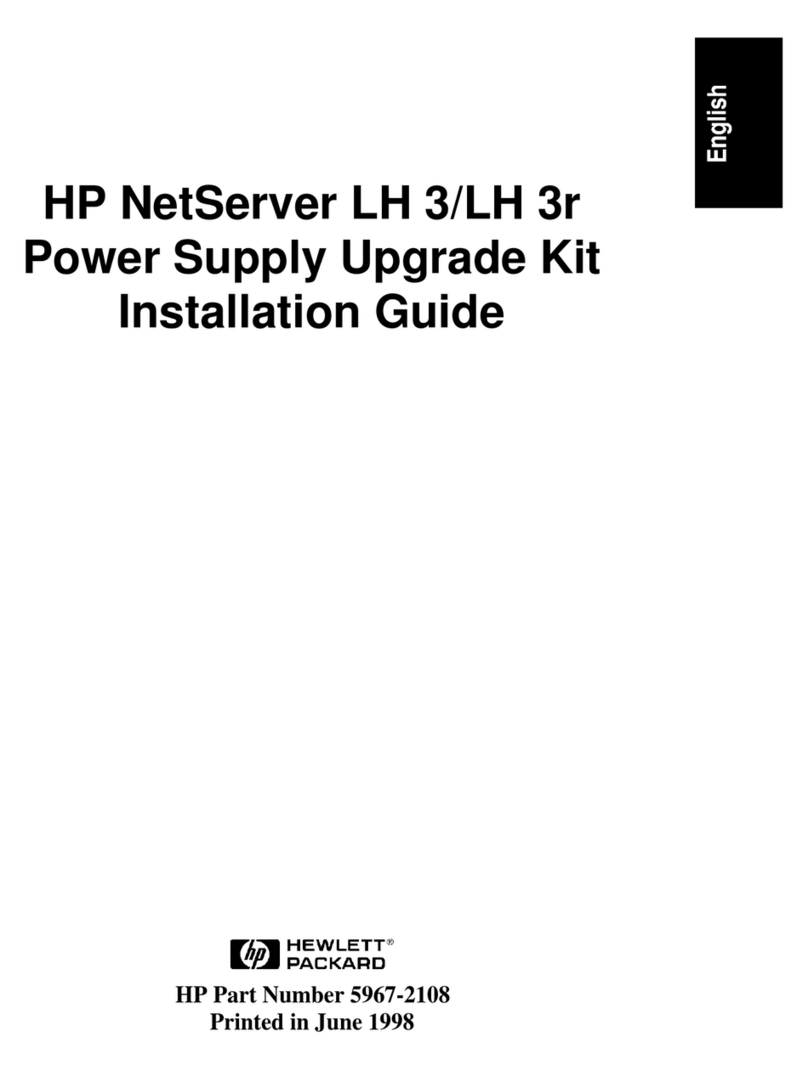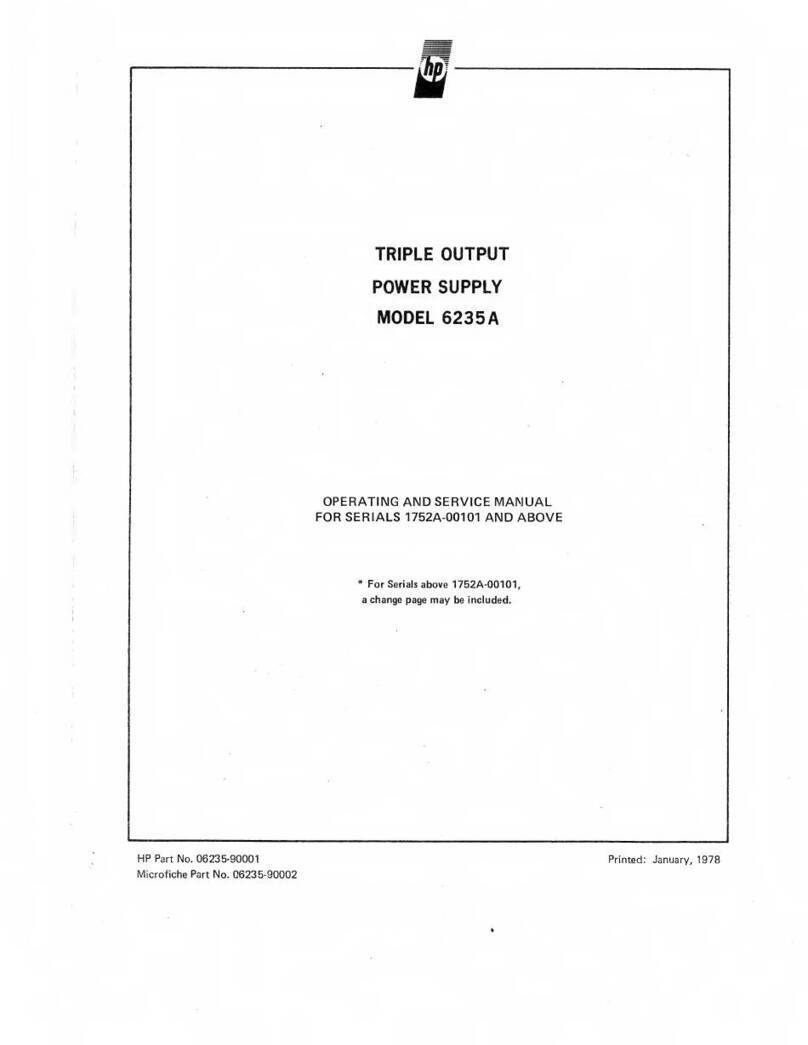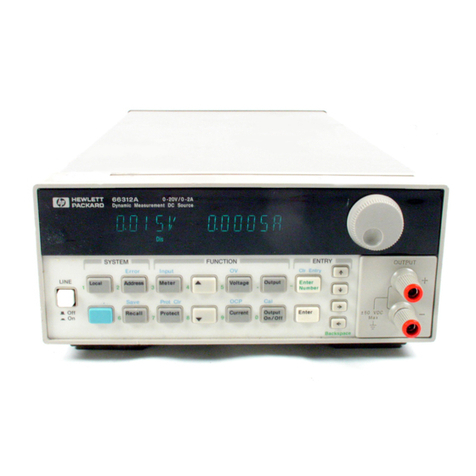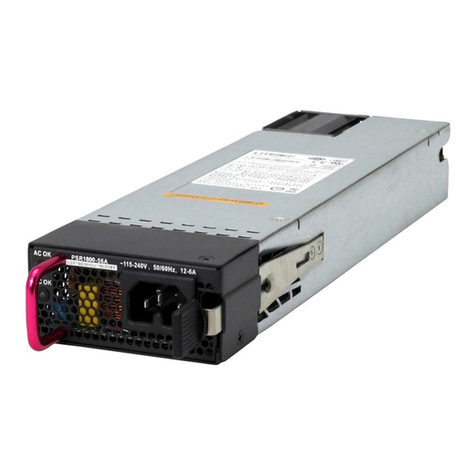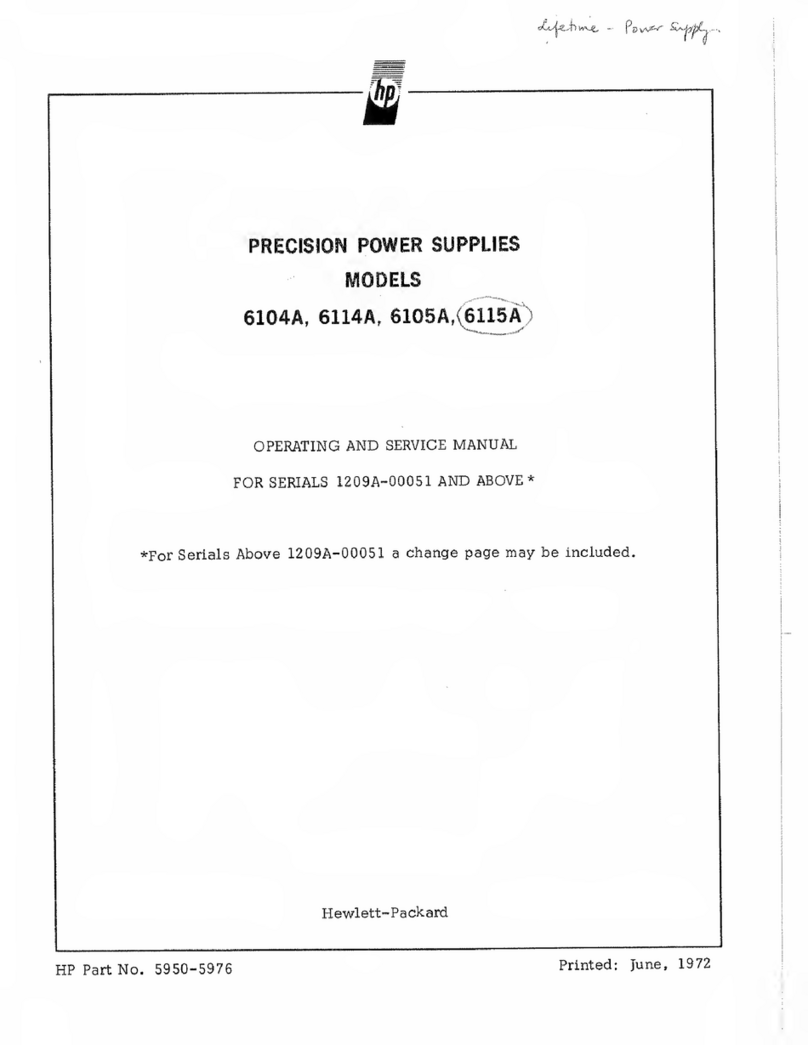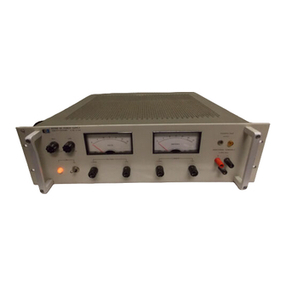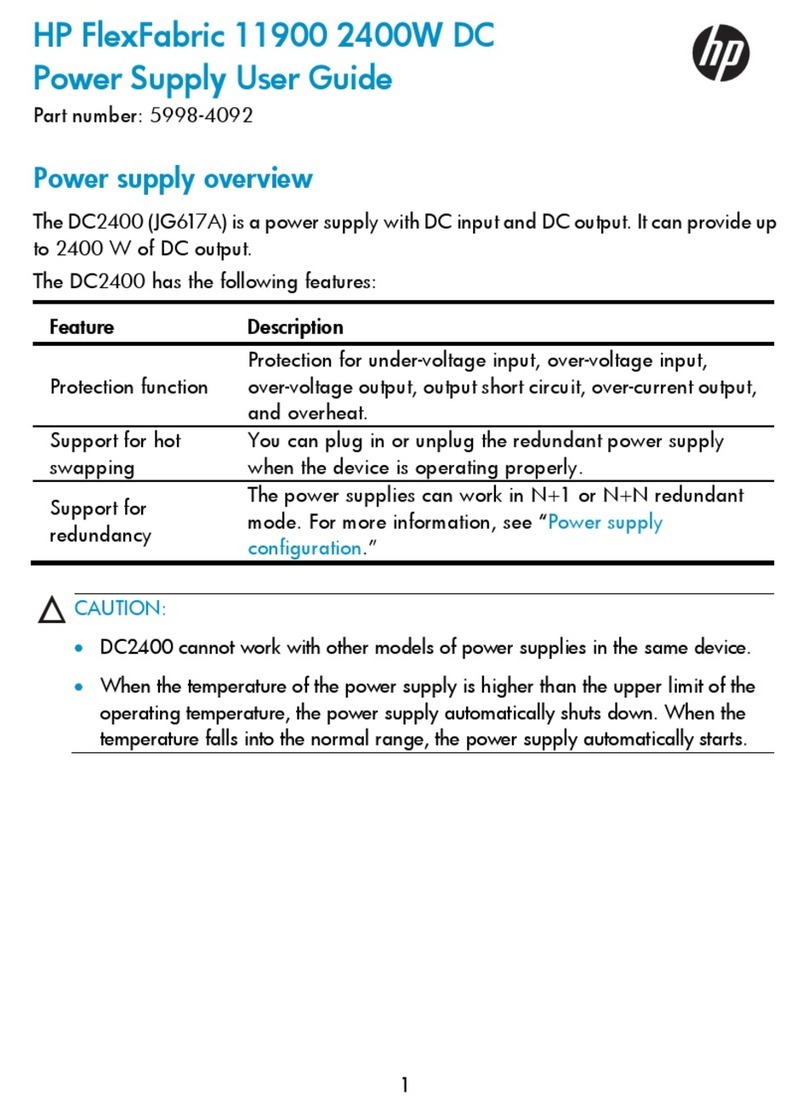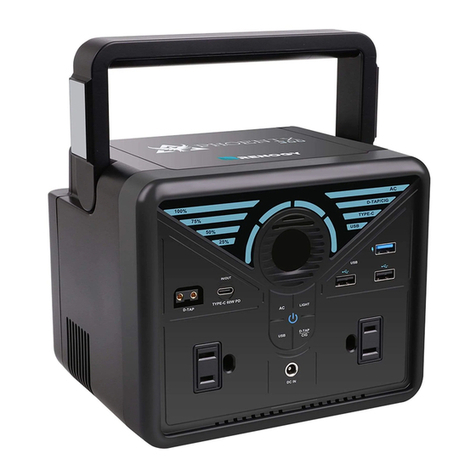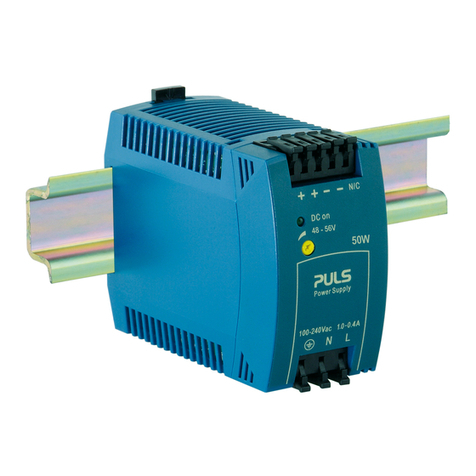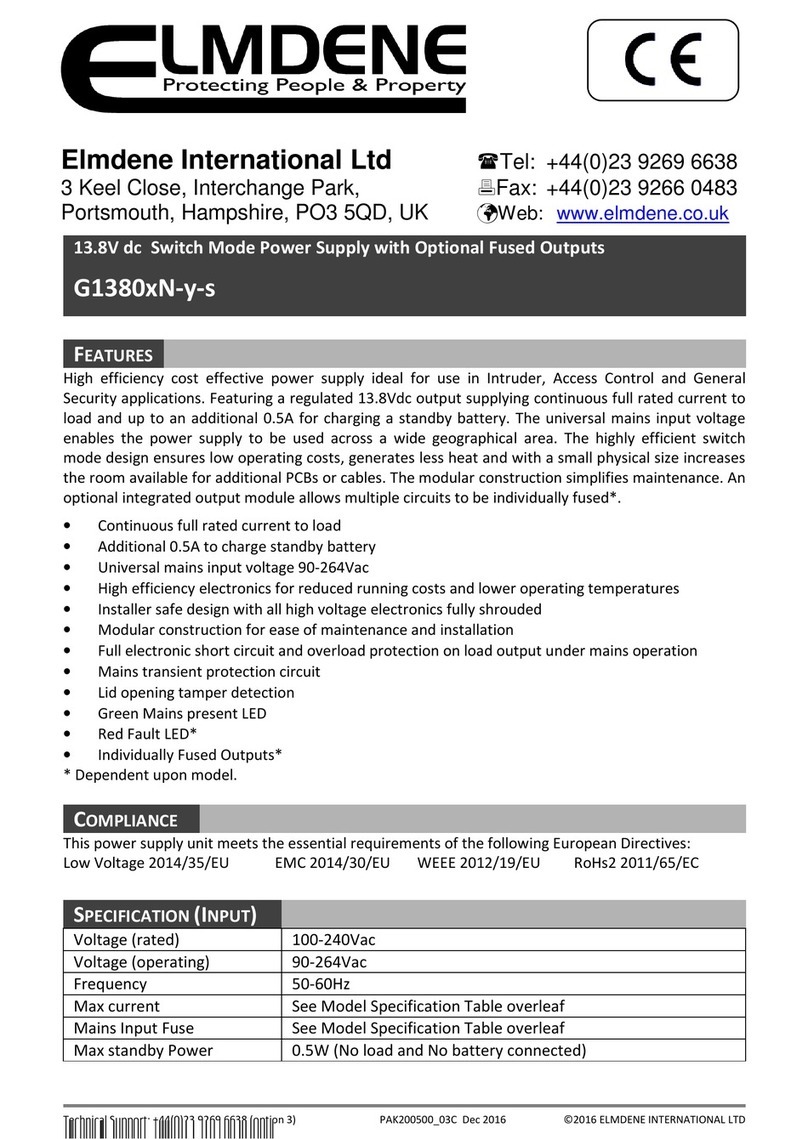Sect. I
Page
2
1.3 POWER
CABLE
The
three-conductor
power cable supplied with
this
instrument
is
terminated
in a
polarized
three-prong
male connector recommended
by
the National
Elec-
trical
Manufacturers' Association. The
third
contact
is
an offset round pin added to a
standard
two-blade
connector which grounds the instrument
chassis
when
used
with
an
appropriate
receptacle.
To
use
this
connector
with a
standard
two
contact
receptacle,
an
adapter
should
be
used to connect the
NEMA
con-
nector to the two-contact
system.
When
the
adapter
is
used,
the
third
contact
is
terminated
in a
short
lead
from
the
adapter
which
can
then
be connected
to
the
outlet
mounting
box in
order
to
ground
the
instrument
chassis.
1·4 230·YOLT OPERATION
This
instrument
is
normally
shipped
from
the
factory
with
the
dual
115
volt
primary
windings
of
the
transformer
connected in
parallel
for
oper-
ation
from
a
nominal
115
volt
source.
If
oper-
ation
from
a
nominal
230
volt
source
is
desired,
the
windings
may
easily
be
reconnected
in
series.
Refer
to
the
schematic
drawing
for
details.
The
power
fuse
must
be
changed
from
a1. 6
am-
pere
slow-blow
fuse
to
a
0.8
ampere
slow-blow
fuse.
